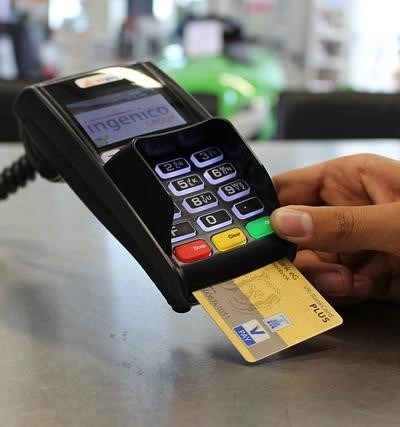
The allure of using credit cards without Verified by Visa (VBV) or similar authentication methods (often referred to as «non-VBV» transactions) might seem appealing for its perceived convenience. However, this perception ignores the significantly heightened risk of unauthorized transactions and credit card fraud. Understanding the implications is crucial for both consumers and merchants.
The Risks Involved
Non-VBV transactions drastically increase vulnerability to various forms of fraud. Card-not-present fraud, prevalent in e-commerce, thrives in this environment. Without the extra layer of security provided by VBV or similar systems, criminals can easily use stolen or compromised card details to make purchases online. This exposes consumers to substantial financial security risks and potential liability for unauthorized transactions. Merchants also face significant risks, including chargebacks and hefty fines resulting from compromised payment processing.
Merchant Fraud and Data Breaches
The absence of robust authentication methods directly impacts merchant fraud. Malicious actors can exploit vulnerabilities in online security and e-commerce security systems to carry out fraudulent transactions, leading to significant financial losses for businesses. Moreover, neglecting verification methods and proper authentication increases the risk of data breaches, exposing sensitive customer information and leading to further liability and reputational damage. Strong cybersecurity measures are paramount to mitigate these risks.
The Importance of Secure Payments
Prioritizing secure payments is vital for both consumers and businesses. Implementing robust fraud prevention strategies, including the use of VBV and other authentication protocols, is crucial for minimizing the risk of unauthorized transactions. Strengthening account security through multi-factor authentication and regularly monitoring account activity can further enhance protection against fraud.
Consumer Protection and Risk Management
Effective consumer protection necessitates clear understanding and adoption of secure payment practices. While the convenience of non-VBV transactions might seem attractive, the associated risks far outweigh the benefits. Robust risk management strategies for both consumers and merchants must emphasize the use of secure payment gateways and authentication protocols like VBV. This commitment to transaction security is crucial for maintaining financial security and preventing substantial financial losses.
- Always use secure websites (HTTPS).
- Be wary of suspicious emails or links.
- Regularly monitor your credit card statements.
- Report any suspicious activity immediately.
Ultimately, the perceived convenience of non-VBV credit card usage is severely outweighed by the significant risks involved. Prioritizing secure payments and employing robust fraud prevention measures are essential for protecting both consumers and businesses from the devastating consequences of credit card fraud.


The article
This article effectively highlights the significant security risks associated with non-VBV credit card transactions. The clear explanation of the vulnerabilities for both consumers and merchants underscores the importance of robust authentication methods in online commerce. The emphasis on the financial and reputational consequences is particularly impactful.
A well-structured and informative piece. The article successfully breaks down the complexities of credit card fraud in the context of non-VBV transactions, making it accessible to a broad audience. The inclusion of both consumer and merchant perspectives provides a comprehensive understanding of the issue.